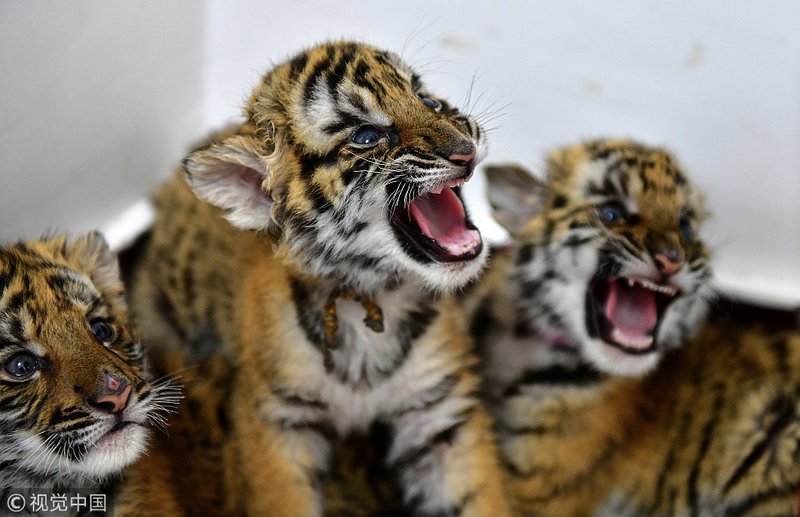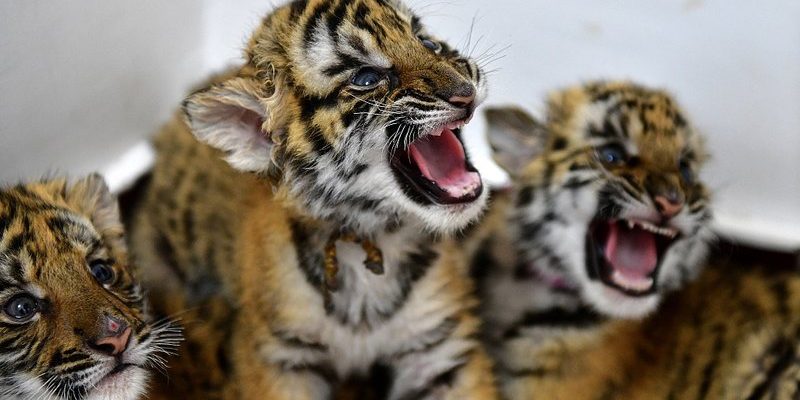
It’s like a game of telephone, where details get lost or exaggerated over time. Some people believe the South China tiger is just a myth itself! Others might think they have special powers, like being able to camouflage better than other tigers. So, let’s dive into some of these common misconceptions and separate fact from fiction—using a friendly, conversational approach as if we were chatting about it over a cup of coffee.
The South China Tiger Is Extinct
You might be shocked to hear this, but many people think the South China tiger is already extinct. Here’s the thing: while it’s true that there haven’t been any confirmed sightings in the wild since the 1990s, this doesn’t mean they are completely gone. Conservationists believe there are still a few individuals left in remote areas of southern China, but they’re incredibly elusive.
Efforts for preservation have been underway for years. Organizations are working hard to create reserves and breeding programs to restore the population. By focusing on habitat protection and creating a breeding program, there’s hope for the South China tiger yet. So, while the situation is critical, writing them off entirely isn’t accurate.
All Tigers Look the Same
You might be wondering if tigers really have any differences beyond their size or stripes. Spoiler alert: they totally do! The South China tiger has a distinctive appearance compared to its cousins. With broader stripes and a lighter coat, they often look a bit different than the Bengal or Siberian tigers you might be familiar with.
What’s more, their behavior varies, too. While some tigers are known to be solitary, South China tigers are more social and can often be seen with their offspring longer than other subspecies. Isn’t that fascinating? Their unique quirks and traits help them survive in their specific environment, making them truly special in the tiger family.
South China Tigers Are Just Like House Cats
Now, let’s set the record straight: just because tigers share some characteristics with your fluffy feline friend doesn’t mean they’re comparable in every way. Yes, both have a playful side, and you might catch a glimpse of their curious natures. However, South China tigers are wild animals with natural instincts, hunting skills, and a need for vast territories.
Imagine trying to keep a lion as a pet—doesn’t sound like a good idea, right? The same goes for tigers. They require space, stimulation, and an environment that caters to their needs. While you might enjoy your cat purring on your lap, a South China tiger thrives in the wild, hunting and roaming vast areas.
They Are Dangerous to Humans
Many myths perpetuate the idea that all tigers, including South China tigers, are inherently aggressive toward humans. While it’s true that these magnificent creatures are powerful predators, they typically don’t see humans as prey. Most tiger attacks are a result of defensive behavior or a human encroaching on their territory.
In fact, the relationship between humans and tigers can often be more about fear than actual danger. It’s essential to understand these animals and their habits, as education can promote coexistence rather than conflict. With habitat loss and poaching posing significant threats to their survival, the greater danger lies in the loss of these incredible creatures—not the other way around.
South China Tigers Are the Most Powerful Among Tigers
You might hear claims that the South China tiger is stronger or more powerful than other tiger subspecies. Honestly, while they are impressive, it’s more about adaptability than strength. Typically, the larger Siberian and Bengal tigers are known for their size and strength.
The South China tiger, however, excels in specific areas, like agility and speed, which have helped them thrive in various environments. Their strength lies in their ability to adapt to their habitat and hunt effectively, rather than sheer power alone. Each tiger species has its own strengths; it’s all about how they fit into their ecosystem.
Conservation Efforts Aren’t Necessary
You might think, “Why bother? They’re too far gone.” This is a dangerous mindset when it comes to conservation efforts. The South China tiger might be struggling, but there is still hope. Conservationists are working tirelessly to safeguard their habitat and increase their population through breeding programs.
Investing in conservation not only helps the South China tiger but also supports the ecosystems they inhabit. Healthy tiger populations indicate thriving environments, benefiting other wildlife as well. By protecting tigers, we’re safeguarding the forest, all of its inhabitants, and ultimately our planet. So yes, every effort counts!
Wrapping It Up
Understanding the common myths and misconceptions about the South China tiger helps clarify their critical situation. These big cats are not just figments of our imagination; they’re an essential part of our natural world that needs our support to survive. From recognizing their unique traits to acknowledging the significance of conservation, it’s crucial to share accurate information.
Let’s keep the conversation going about these magnificent creatures and advocate for their protection. Every bit of knowledge can help create a future where the South China tiger can thrive, not just survive. So next time you hear someone mention them, you’ll know just how to set the record straight!

